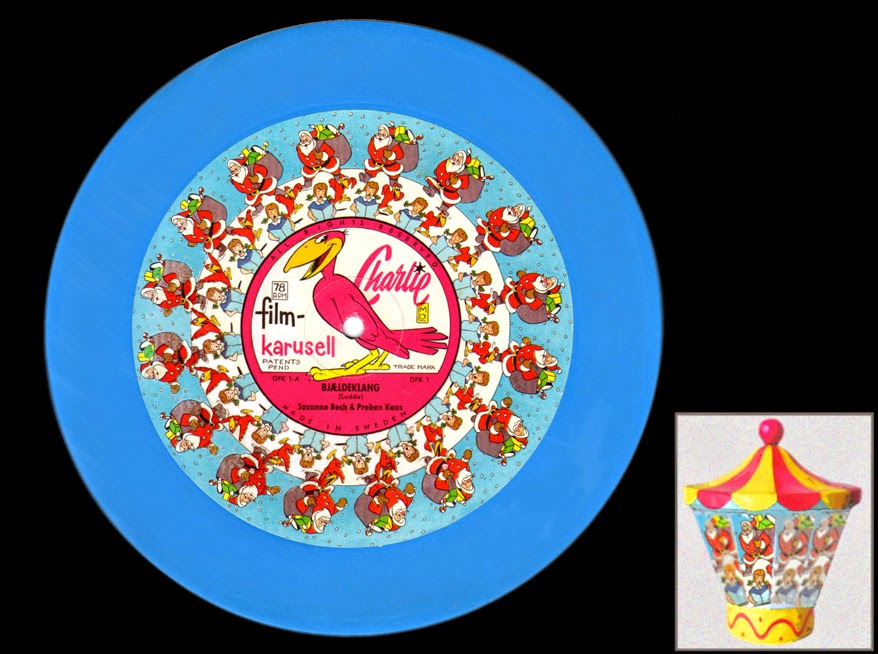COLOURFUL PLASTIC TOYS WITH OLD ANCESTORS
Pop camera from 1997.

It came as a bonus in a package of confectionery from by Pingvin
Lakrids, Denmark.
PINGO was a fictional character from the animated comedy children TV series Pingu.
PINGO was a fictional character from the animated comedy children TV series Pingu.
100 years earlier
a skilled designer Frank Brownell was asked by Eastman Kodak to design "The cheapest camera in the world" 1$. It had to be so simple, that a child could use it.
As seen on this old bookmark scrap he succeeded.
As seen on this old bookmark scrap he succeeded.
It got the name BROWNIE from a comic strip character. He was as well-known all over the world as 50 years later Disney's Donald Duck & Co.
"Candid Camera" was a TV series that had nothing to do with the picture above though.
To be quite candid I doubt that this Candy Camera would tempt young children in these days.
Launched in 1959 was an adult-figured toy fashion-doll. It was called Barbie.
Enormously popular by young girls it inspired the producers to an immense number of accessories.
Among the vast number of Barbie branded goods of all sorts was this real 35 mm camera.
In 1966 GAF New Jersey US bought the View-Master factory. They initiated a cheaper mass-production and
sold it as a toy mostly for fairy-tales and animated characters.
The book about Heidi was written by Johanna Spyri in 1880. It got popular
on film (with Shirley Temple) already 1937. Dozens of TV productions were made and continued into the new
century.

GAF in Belgium even made a simple plastic projector in the late 1960's. Though this grey model looked confidence-inspiring, it was just a cheap toy that lacked the joy of 3D-experience. The projected pictures became simply two- dimensional pictures of dubious quality.
Far better was this toy Episcope from Markes & Co, Germany about 1960. It displayed opaque materials by powerful lamp lighting on the object from above. Mirror and lens projected the images of book pages, printed photographs, etc. In the early 1900's, similar devices were used in lecture halls at high schools and universities as predecessors to video projectors.

GAF in Belgium even made a simple plastic projector in the late 1960's. Though this grey model looked confidence-inspiring, it was just a cheap toy that lacked the joy of 3D-experience. The projected pictures became simply two- dimensional pictures of dubious quality.
Far better was this toy Episcope from Markes & Co, Germany about 1960. It displayed opaque materials by powerful lamp lighting on the object from above. Mirror and lens projected the images of book pages, printed photographs, etc. In the early 1900's, similar devices were used in lecture halls at high schools and universities as predecessors to video projectors.
Four sequentially operated lenses for fun filled shots. They were cheap novelty toys then. Their designs often had a tempting appeal.
It reminds me of the first patented experimental moviecamera by Louis Le Prince in Leeds UK 1888. But that far too complicated machine contained not less than 16 lenses.
Cheap plastic optical toy called Zoetrope can still be seen as an educational souvenir from a museum-shop. The printed paper strip with animated images is mounted into the drum. While turning it around the slots are acting as shutters . Looking through one of the slots the images appears to be moving.
This was a novel invention by W G Horner in UK 1833.
Another forerunner to movies became a toy from mid 1950. I have got the gramophone record, but just a picture of the faceted mirror. It would have been attached to the top of the gramophone spindle and reflected animated living pictures while playing the music.
Originally that kind of "Magic Mirror" was called Praxinoscope and invented 1877 by C E Renaud in France.
Teenage
Mutant Ninja Turtles talking camera ca 1990. It talks two seconds before the picture is taken. The sentence coming out from the camera has been translated to me by the younger generation:
"COWABUNGA! (= It’s an actor’s
dream) SMILE!”
The Turtle character
originated from songs, comic books and TV programs and since at least 1947.










